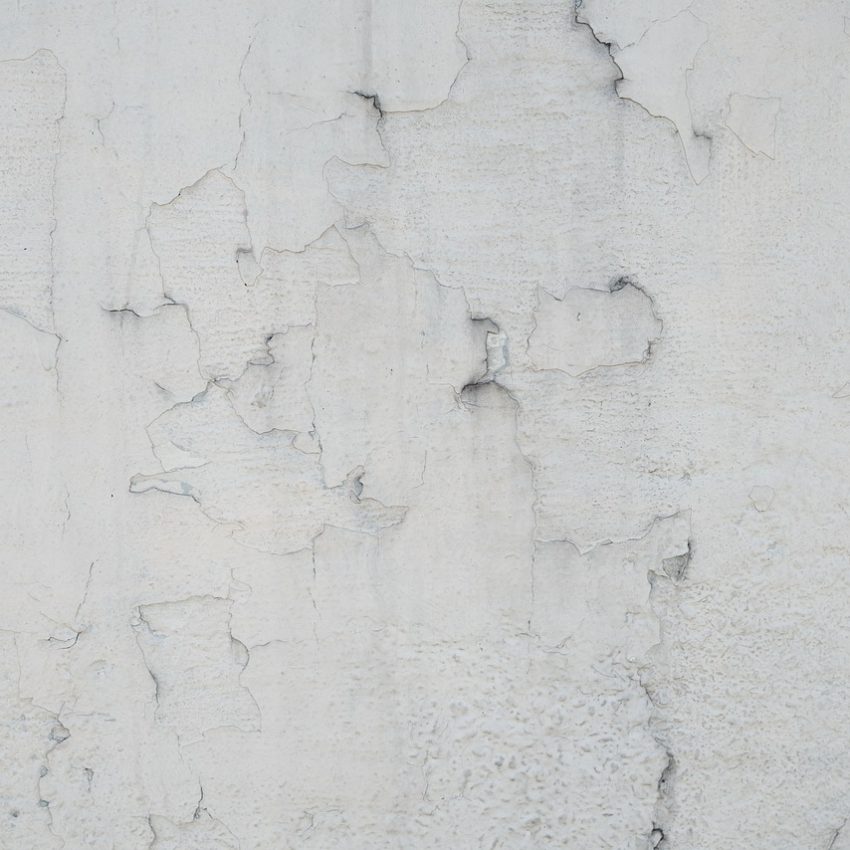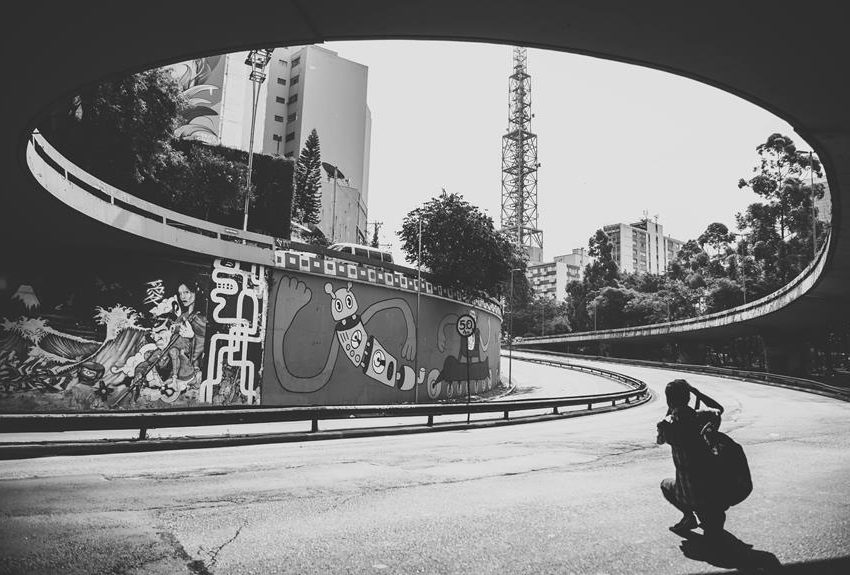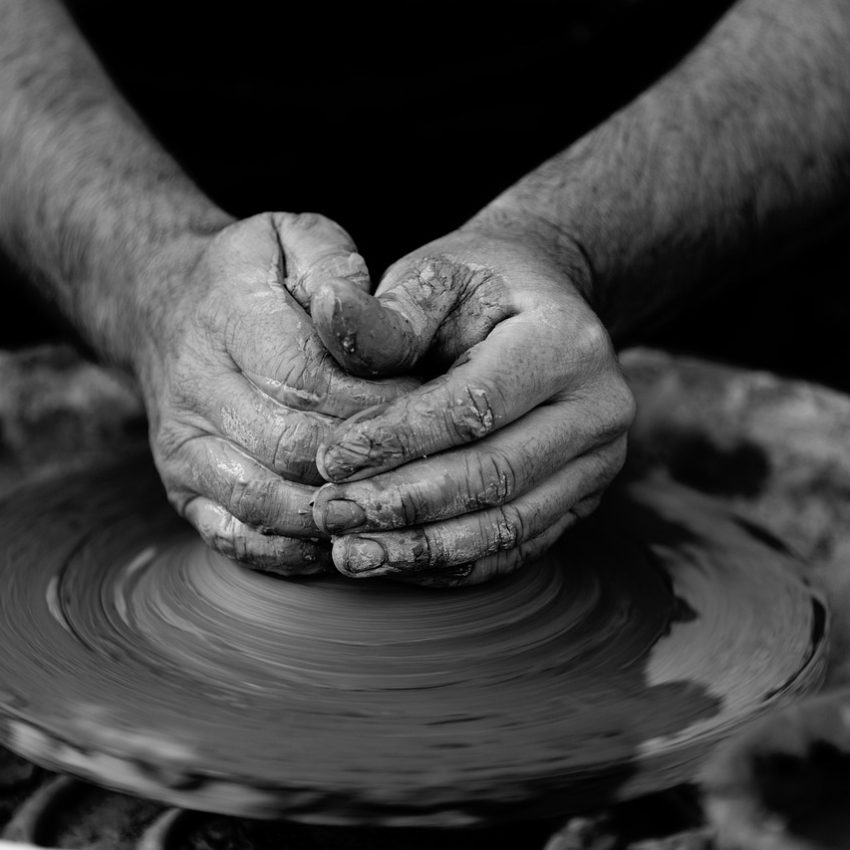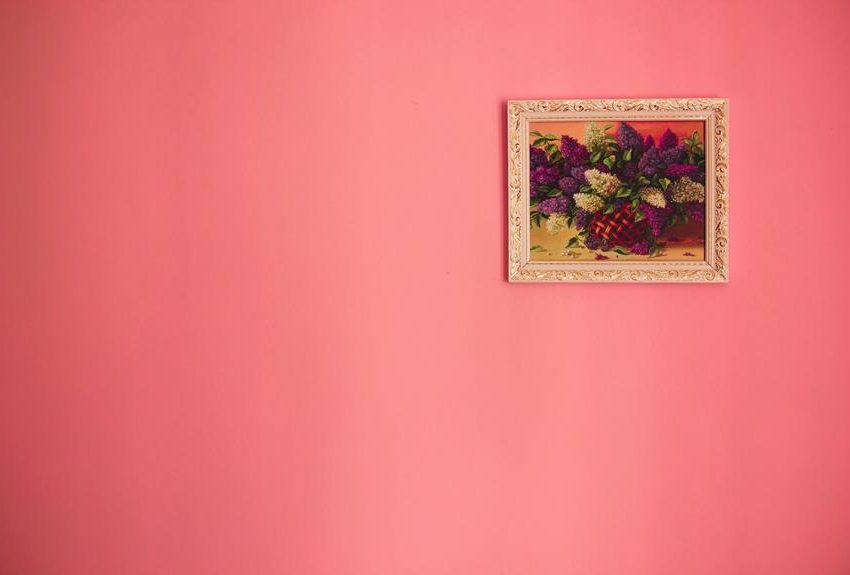The Secrets of Diptych
Discover the enchanting world of diptychs, where art takes on a mesmerising form.
A diptych is not just a pair of images; it’s a visual tale that unfolds across two canvases, inviting viewers into a realm of dual narratives, each fold revealing more to the observer.
Throughout history, diptychs have held a profound significance in the art world.
Dating back to medieval times, these twin panels were often used for religious paintings and altarpieces, symbolizing unity and duality in harmony.
Bar to entry: Diptych Art Example
The allure of diptychs lies not only in their aesthetics but also in their ability to provoke thought and evoke emotion, particularly when framed within the context of a contemporary art gallery.
Artists throughout the ages have utilized this unique format to convey intricate stories, explore contrasting themes, or simply present harmonious pairs, thereby expanding the definition of visual storytelling.
By delving into the secrets of diptychs, we unravel a rich tapestry of artistic expression deeply rooted in tradition yet ever-evolving with contemporary innovations, each piece carved with the intent of transcending centuries.
Join us on this creative journey as we unveil the hidden depths and untold tales behind each set of carefully paired images.
Bar to entry: Diptych Art Example
Understanding Diptychs
A diptych, originating from Greek roots meaning “two-fold,” is a piece of artwork made up of two separate panels or canvases typically hinged together.
An ancient example of this is the standard notebook or school exercise book, which consisted of two such plates enclosing a recessed area filled with wax. Writing was done by etching onto the wax surface using a stylus.
Once the notes became obsolete, the wax could be gently heated and smoothed for reuse. While basic diptychs featured wooden frames, more opulent versions were fashioned from luxurious materials.
In traditional art history, diptychs were commonly used for religious paintings and altar pieces. These hinged paintings often depicted sacred scenes or saints on each panel, providing a cohesive visual narrative when the two parts were opened like a book.
The format of diptychs allowed artists to explore storytelling through interconnected imagery while maintaining a sense of unity between the individual panels.
History of the Diptych
In artistic terminology, a diptych refers to a composition comprising two separate pieces or panels that, when viewed together, form a unified artwork.
These panels can either be attached to each other or displayed adjacent to one another.
During medieval times, it was common for these panels to be hinged, allowing them to be closed and thus protecting the artworks.
Late Antiquity
In Late Antiquity, a notable form of diptych emerged in the form of ivory notebook diptychs.
These featured covers intricately carved in low relief on their outer faces.
One prominent type, known as the “consular diptych,” was created to commemorate an individual’s appointment as a Roman consul.
Often produced in sets, they were distributed by the newly appointed consul to acquaintances and supporters.
Other diptychs may have been crafted to celebrate weddings or for private use, such as the Poet and Muse diptych at Monza.
Some of the most significant surviving works from the Late Roman Empire are diptychs, with several dozen examples still extant.
In some cases, these diptychs have been preserved by being repurposed as book covers, with their original inner faces now serving as exteriors.
Notably, the largest surviving Byzantine ivory panel, dating to around 525–550 CE, is a leaf from a diptych created in the Justinian court style, featuring an image of an archangel.
The MIDDLE AGES
Since the Middle Ages, panel paintings have often taken the form of diptychs, serving as small, portable artworks for personal use.
In the Eastern Orthodox tradition, these portable pieces are sometimes referred to as “travelling icons.”
While the triptych format was more prevalent, ivory diptychs featuring religious scenes carved in relief emerged first in Byzantine art and later gained popularity during the Gothic period in the West, particularly in Paris.
These diptychs were well-suited to the mobile lifestyles of medieval elites.
The ivory diptychs typically depicted scenes in multiple registers, densely populated with small figures. Painted diptychs generally focused on single subjects per panel, with the two panels often mirroring each other.
However, by the 15th century, it became common for one panel, usually the left, to feature a portrait of the owner or commissioner, while the other panel depicted religious subjects like the Virgin Mary.
The exterior faces of these diptychs, which often endured wear from travel, were adorned with simpler decorative designs, sometimes incorporating the owner’s coat of arms.
On the other hand, large altarpieces were typically crafted in triptych form, featuring two outer panels that could be closed to protect the central representation.
These altarpieces represent one category of the multi-panel painting style known as polyptychs.
Early Netherlandish
The diptych format was widely embraced in Early Netherlandish painting, portraying a variety of subjects ranging from secular portraiture to religious figures and narratives, with notable examples housed in the National Gallery.
Often, a portrait and a depiction of the Madonna and Child occupied one panel each.
This format experienced particular popularity during the 15th and 16th centuries and was favored by renowned painters such as Jan van Eyck, Rogier van der Weyden, Hans Memling, and Hugo van der Goes, with their works often exploring Christian themes.
In modern times, the term “diptych” has been applied to works consisting of two separate paintings intended to be displayed together as a pair, though not physically connected.
Andy Warhol’s Marilyn Diptych (1962) is a notable example, having attained iconic status in pop culture.
Beyond the realm of visual art, “diptych” is also frequently used to describe complementary pairs of films or pieces of literature.
When experienced together, these components are seen to mutually enhance each other, forming a unified work of art distinct from its individual parts, embodying the essence of artwork consisting of two panels.
For instance, the Alan Ayckbourn plays House and Garden constitute such a complementary pair, illuminating each other’s themes and narratives when viewed in conjunction.
Contemporary Art
In modern artistic expressions, diptychs have transcended their religious origins and are now employed by contemporary artists in various ways.
Artists today use diptychs as a creative device to juxtapose contrasting images, explore dualities, or create thematic connections between two separate but related subjects, carefully framing these narratives within the physical and conceptual boundaries of their art.
This evolution in the use of diptychs has led to innovative and thought-provoking artworks that challenge viewers to engage with the dialogue between the paired panels, transforming the traditional definition of diptychs.
Street artist Banksy has frequently employed the diptych format in many of his studio-produced artworks, among them Girl with Balloon.
This particular rendition of the piece is crafted from spray paint on canvas, with each panel measuring 30 x 30 cm. It was released in an edition of 25 in 2005.
Famous examples of diptychs
Famous examples of diptychs resonate across diverse art movements, serving as timeless witnesses to humanity’s creative evolution.
Consider Hieronymus Bosch’s masterpiece “The Garden of Earthly Delights,” a renowned triptych wherein the outer panels form a closed diptych, concealing an elaborate scene within that unfolds upon opening.
This iconic work captivates viewers with its intricate symbolism and vivid imagery, showcasing Bosch’s unparalleled imagination.
In contrast, Pablo Picasso’s celebrated diptych “Woman Dressing Her Hair” from 1956 seamlessly merges two panels to portray movement and elegance with remarkable fluidity.
Picasso’s innovative use of form and line captures the essence of the subject in a dynamic composition that transcends conventional boundaries.
Similarly, Damien Hirst’s provocative piece “Away from the Flock” utilizes the diptych format to juxtapose themes of life and death, evoking visceral reactions through stark contrasts.
Hirst’s bold exploration of mortality and existence challenges viewers to confront existential questions with unflinching intensity.
In more contemporary art, Francis Bacon’s emotionally charged paintings, such as “Two Figures Lying on a Bed with Attendants,” employ the diptych structure to intensify the raw power of his imagery.
Bacon’s visceral brushwork and haunting compositions evoke a profound sense of human vulnerability and existential angst.
Meanwhile, Tacita Dean employs filmic qualities in her photogravure diptychs, like “His Picture in Little,” infusing her works with a cinematic allure that blurs the boundaries between stillness and motion.
Dean’s poetic exploration of memory and perception invites viewers to contemplate the fluid nature of time and narrative in the visual arts.
Across centuries and continents, these exemplary diptychs stand as testament to the enduring power of art to provoke, inspire, and transcend boundaries of time and space.
Exploring Symbolism in Diptychs
Delving into the realm of diptychs unveils a rich tapestry of symbolism and meaning embedded within these dual artworks. Artists throughout history have utilized diptychs as powerful storytelling tools or emotional conduits, leveraging elements like color, composition, and subject matter to evoke profound messages. Take for instance the iconic diptych “Diptych of Maarten Nieuwenhove” by Hans Memling, where the stark contrast between light and darkness symbolizes the duality of life—hope intertwining with despair in a visual narrative that transcends time.
Use of Colour
Colour plays a pivotal role in conveying emotions and themes within diptychs. In Francis Bacon’s diptych paintings, such as “Triptych May–June 1973,” the bold use of contrasting colors heightens the sense of tumultuous inner states, crafting a visceral experience for viewers.
The deliberate composition choices in Marina Abramovic’s performance art piece “The Lovers: The Great Wall Walk,” presented as a photo diptych, symbolize endurance, unity, and separation through its split imagery—a profound commentary on love and relationships.
Composition
Through skillful manipulation of composition and subject matter, artists infuse diptychs with layers of meaning, framing each work to capture the content’s essence fully.
Hieronymus Bosch’s “The Garden of Earthly Delights” triptych portrays humanity’s journey from Edenic bliss to decadence; splitting this masterpiece into individual panels showcases contrasting themes—innocence versus sin—that resonate with viewers on a visceral level.
Similarly, contemporary artist Ai Weiwei employs diptychs to juxtapose images reflecting political activism against personal introspection, bridging worlds through visual storytelling that speaks volumes without uttering a word.
Summary
In essence, understanding the symbolism woven into famous diptychs allows us to appreciate how artists harness the power of color schemes, intricate compositions, and thought-provoking subject matters to craft narratives that transcend mere visuals.
These artistic pairings serve as mirrors reflecting societal values, personal struggles, or philosophical inquiries—inviting us on an introspective journey where emotions are stirred and truths laid bare through the timeless medium that is the diptych.
A Narrative
Diptychs transcend the realm of traditional canvas and paint, finding their place in other artistic domains like photography, literature, and film.
In photography, diptychs offer a unique way to juxtapose images, telling a story or conveying emotions with depth and connection between the two halves.
By presenting two related images side by side, photographers can create a visual dialogue that engages viewers in an interactive narrative experience.
Renowned photographer Alec Soth, known for his introspective style, often uses diptychs to explore themes of intimacy and solitude within the American landscape.
Similarly, in literature, authors experiment with the diptych format to weave intricate tales that unfold across pages or chapters.
By splitting their narratives into dual parts, writers can play with timelines, perspectives, or themes to provide readers with a more dynamic reading experience.
Notable author Jodi Picoult employed the diptych structure in her novel “The Storyteller,” using alternating chapters set in different time periods to build suspense and uncover hidden connections between characters and events.
Film
In the realm of film, directors leverage the power of diptychs through editing techniques that juxtapose two scenes or moments for heightened impact or thematic resonance.
By dividing the screen or sequence into two distinct parts, filmmakers can create visual parallels, contrasts, or echoes that amplify the emotional intensity of their storytelling.
A prime example can be seen in Christopher Nolan’s film “Memento,” where he employs a non-linear narrative structure presented in reverse order to engage viewers in piecing together the protagonist’s fragmented memories through a series of dual-storyline sequences.
Through these case studies spanning photography, literature, and film, it becomes evident that diptychs serve as a versatile and potent tool for artists across various disciplines seeking to engage audiences in innovative ways.
Showcasing Contemporary Diptych Artists
In the realm of contemporary art, diptychs continue to captivate audiences with their innovative and thought-provoking compositions.
One modern artist who has gained recognition for his striking diptych works is Xavier Cortada. Cortada’s diptychs often juxtapose images from nature with elements of human intervention, inviting viewers to contemplate humanity’s impact on the environment.
In a recent interview, Cortada shared how he finds inspiration in the intersection of art and activism, using his diptychs as a platform to raise awareness about pressing environmental issues.
Photography
Another artist pushing boundaries in the world of diptychs is Lorna Simpson.
Known for her powerful photographic diptychs that challenge societal norms and stereotypes, Simpson seamlessly blends images and text to create compelling narratives within each pair.
Through thoughtful composition and storytelling, Simpson delves into themes of identity, race, and gender in her diptych installations.
When exploring contemporary diptych artists, it’s essential to highlight the work of Sarah Sze, whose exhibitions often list prominently in renowned art galleries.
Renowned for her intricate mixed-media installations, Sze’s diptychs transcend traditional boundaries by incorporating everyday objects into immersive visual experiences, carving a unique niche in contemporary galleries.
By intricately layering materials and perspectives across two panels, Sze invites viewers to engage with concepts of time, space, and perception in novel ways, often carving a narrative that spans centuries.
summary
Through these profiles and interviews with contemporary diptych artists like Cortada, Simpson, and Sze, we gain valuable insights into their creative processes, inspirations driving their work, and challenges they encounter while navigating the intricate world of diptych compositions.
As these artists continue to push boundaries and innovate within the realm of diptychs, they pave the way for new possibilities and interpretations in this timeless artistic format.
The Future of Diptychs: A Canvas for Tomorrow's Creativity
Diptychs, with their rich history and multidimensional storytelling capabilities, continue to captivate artists and art enthusiasts alike, often carved into the annals of art history as pivotal pieces of certain centuries.
As we embark on the journey of tomorrow’s creative landscape, diptychs, with their ability to contain rich narratives and dual perspectives, are poised to maintain their allure and significance.
With technological advancements shaping the way art is created and consumed, we can expect diptych artworks to embrace new mediums and innovative techniques.
In envisioning the future of diptychs, one can anticipate a dynamic interplay between tradition and innovation, as artists continue to push the boundaries of this timeless format.
With advancements in technology and digital artistry, diptychs may evolve beyond traditional canvas and paint, embracing new mediums such as interactive digital displays, augmented reality, and virtual reality.
These emerging technologies offer artists unprecedented opportunities to create immersive and multi-dimensional diptych experiences that blur the line between physical and digital realms.
Additionally, shifts in societal perspectives and cultural values are likely to influence the themes and narratives explored in diptychs, reflecting contemporary issues, diverse perspectives, and evolving modes of expression.
As artists harness the power of diptychs to engage with pressing social, political, and environmental concerns, these paired artworks will continue to serve as potent tools for storytelling, introspection, and connection in an ever-changing world.
In the evolving art scene, societal changes and shifting perspectives will likely influence how diptychs are perceived and utilized.
contemporary artists explore themes of connectivity, duality, and fragmentation in our modern world, diptychs stand as a powerful tool for conveying complex narratives and emotions, often housed within the sacred space of a church or revered gallery.
The future of diptychs holds promise for pushing artistic boundaries further, inviting us to rethink traditional concepts of composition and storytelling in ways that resonate with the dynamic spirit of our times.
In conclusion, diptychs have a rich history dating back to late antiquity, where they were commonly used as objects with two flat plates, often carved in relief or painted, to depict religious scenes or figures.
From their origins in early Christian liturgy to their prevalence in medieval times, diptychs served as integral pieces of art in local churches and were also used to distribute religious imagery to the masses.
Whether inscribed in Italy, Rome, or London, these dual-panel paintings played a significant role in the visual culture of the Christian church, with examples found in prestigious institutions such as the British Museum and Museo.
In modern times, diptychs continue to captivate viewers worldwide, with artists in the USA and beyond utilising the format to create compelling narratives and explore themes of duality, unity, and spirituality.
As we catalogue and catalogue these timeless pieces in glossaries and catalogues alike, we are reminded of the enduring legacy of diptychs and their ability to adjust and adapt to changing artistic trends while maintaining their status as cherished pieces of cultural heritage.





